PAS 79 Fire Risk Assessment: Ensuring Fire Safety in Your London Property
For landlords and property owners in London, understanding and implementing a robust fire risk assessment is crucial for ensuring the safety of their properties and occupants. PAS 79 is a recognized standard in the UK that provides a comprehensive framework for conducting these assessments. This guide explains what a PAS 79 fire risk assessment entails and why it’s a valuable approach for properties in London.
PAS 79, which stands for Publicly Available Specification 79, offers a structured and detailed methodology for carrying out fire risk assessments. It emphasizes a systematic evaluation of potential fire hazards, the likelihood of a fire occurring, and the potential consequences for people and property. While the Regulatory Reform (Fire Safety) Order 2005 is the primary legislation governing fire safety in London, adhering to the principles of PAS 79 helps ensure a thorough and consistent assessment that meets and often exceeds the legal requirements.
The PAS 79 framework typically involves several key steps that are highly relevant for fire risk assessments in London properties:
Gathering Information: This includes collecting detailed data about the building, its occupants, and the activities carried out within it, all specific to the London context.
Identifying Fire Hazards: This step involves pinpointing all potential sources of ignition and fuel present within the London property.
Assessing Fire Risk: Evaluating the likelihood of a fire occurring and the potential severity of its consequences for the occupants of the London building, considering factors like occupancy type and building layout.
Determining Fire Safety Measures: Identifying and evaluating the effectiveness of the existing fire protection systems and safety procedures in place in the London property, such as fire alarms, escape routes, and fire-fighting equipment.
Developing an Action Plan: Creating a prioritized plan to address any identified shortcomings and improve the overall fire safety of the premises in London, ensuring compliance with local regulations and best practices.
Regular Review: Establishing a schedule for periodic review and updates of the fire risk assessment to ensure its continued relevance and effectiveness for the London property, especially after any changes in occupancy or building use.
By following the comprehensive approach of PAS 79, landlords and property owners in London can have greater confidence that their fire risk assessments are thorough and address all relevant factors. When seeking fire risk assessment services in London, it is advisable to inquire whether the assessors follow the PAS 79 methodology or a similar detailed framework. This can help ensure a high standard of assessment and contribute to a safer environment for occupants in London.
The linked service provides comprehensive PAS 79 Fire Risk Assessment Services that align with recognized standards. When looking for similar services in London, ensure that the professionals you engage are knowledgeable about the Regulatory Reform (Fire Safety) Order 2005 and ideally follow a structured methodology like PAS 79 to provide a robust assessment of your London property.

Talk To Us!
Have Questions? Call Us Today for Expert Advice & Instant Assistance.
020 8609 7777
Booking assistance & Support

Fire Risk Assessment

Gas Safety Certificate
Gas Safety Certificate – Domestic – Meter & Upto 2 appliances
£57.99 Book NowGas Safety Certificate – Domestic – Meter & Upto 4 appliances
£77.99 Book NowCarbon Monoxide Alarm
£80 Book NowGas Safety Certificate – Domestic – “Discounted Offer” Boiler Service + Gas Certificate & 2 appliances
£89.99 Book NowGas Safety Certificate – Commercial – 1 appliance
£199 Book NowGas Safety Certificate – Commercial – 2 appliances
£245 Book NowGas Safety Certificate – Commercial – Boiler Service
£280 Book Now

Electric Safety
Studio Appartments Electrical Safety Certificate (EICR)
£65 Book NowPAT Testing Up To 10 Items
£58 Book NowDomestic Electrical Safety Certificate EICR 1 – 3 Bedroom – 1 Consumer Unit Up to 12 Circuits
£99 Book NowDomestic Electrical Safety Certificate EICR 4 Bedrooms – 1 Consumer Unit Up to 12 Circuits
£120 Book NowCommercial Electrical Certificate (EICR) – 1 Consumer Unit Up to 12 Circuits
£149 Book NowDomestic Electrical Safety Certificate EICR 5 Bedrooms – 1 Consumer Unit Up to 12 Circuits
£150 Book NowDomestic Electrical Safety Certificate EICR 6 Bedrooms – 1 Consumer Unit Up to 12 Circuits
£158.33 Book NowFuse Box Installation
£415.83 Book Now

Energy Performance

Inventory Services

Asbestos Surveys

Electric-Gas Appliances & Hob Installations

Talk To Us!
Get in touch if you're uncertain or need assistance ?
020 8609 7777
Talk to a Friendly Advisor
Accreditations

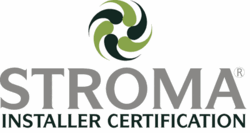
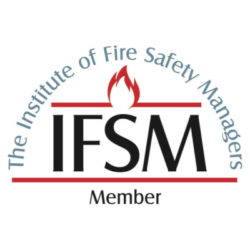
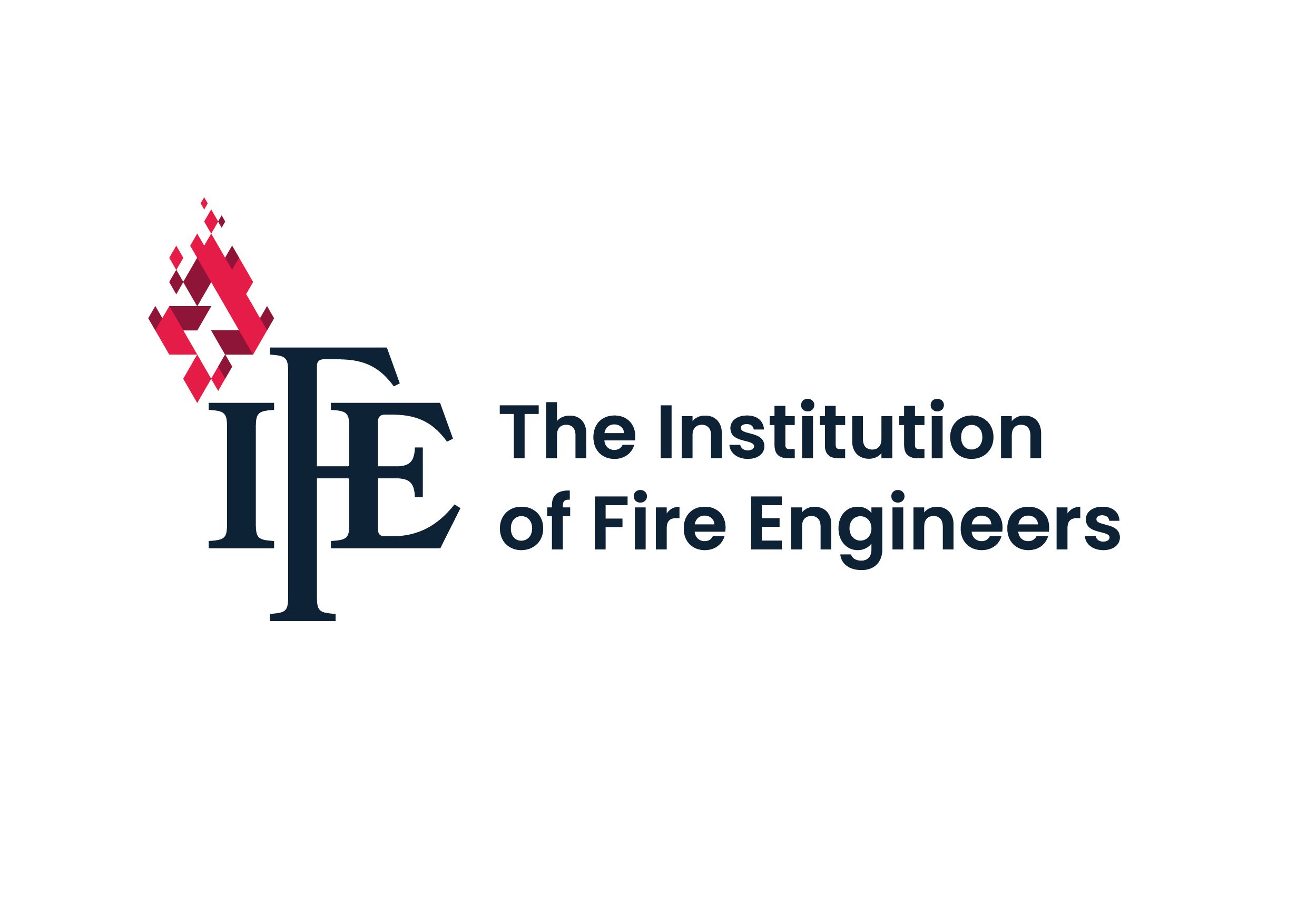
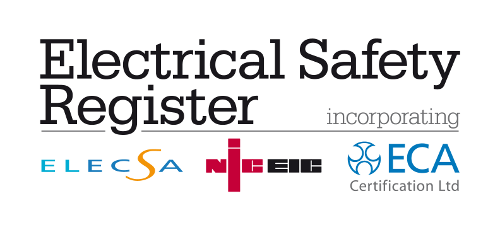
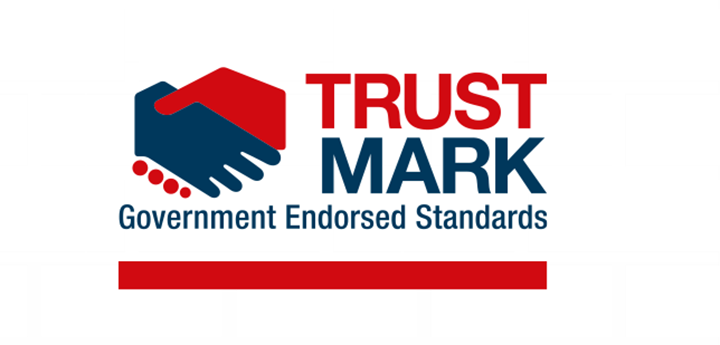
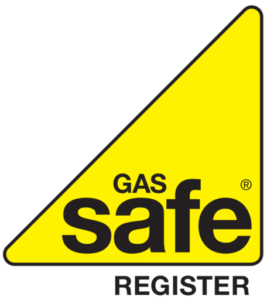
Help & Advice
-
Understanding PEEPs in Residential Settings What Landlords and Housing Providers Must Know
In the wake of the Grenfell Tower tragedy, the UK government has introduced stricter fire safety responsibilities for those managing residential buildings. One of the most significant changes is the
-
EPC 2025 Rule Changes – What UK Landlords Must Know
In the push toward a greener and more energy-efficient Britain, the UK Government has proposed major changes to Energy Performance Certificate (EPC) rules that will significantly impact landlords. From 2025,
-
Commercial Gas Safety Certificate London Expert Guide for Business Properties
For commercial property owners and landlords in London, obtaining a valid commercial gas safety certificate is both a legal obligation and a critical safety measure. Unlike domestic properties, commercial premises often have
-
Gas and Electric Safety Checks A Landlord’s Legal Guide.
As a London landlord, maintaining proper gas and electric safety checks is not optional—it's a legal requirement that protects your tenants and your property investment. Under UK law, you must
-
Portable Appliance Testing Certificate for Rental Properties
A Portable Appliance Testing (PAT) certificate is a document that confirms electrical appliances in a rental property have been tested for safety. While not a legal requirement for private landlords
-
 Understanding PEEPs in Residential Settings What Landlords and Housing Providers Must Know
Understanding PEEPs in Residential Settings What Landlords and Housing Providers Must Know
-
 EPC 2025 Rule Changes – What UK Landlords Must Know
EPC 2025 Rule Changes – What UK Landlords Must Know
-
 Commercial Gas Safety Certificate London Expert Guide for Business Properties
Commercial Gas Safety Certificate London Expert Guide for Business Properties
-
 Gas and Electric Safety Checks A Landlord’s Legal Guide.
Gas and Electric Safety Checks A Landlord’s Legal Guide.
-
 Portable Appliance Testing Certificate for Rental Properties
Portable Appliance Testing Certificate for Rental Properties




